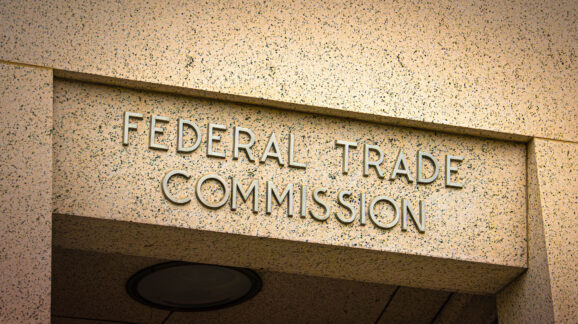The FTC’s Flawed Antimerger Ideology
Proposed new guidelines stack the deck against mergers by politicizing market definitions, presuming guilt, and adding uncertainty to the process.
The Biden administration has unveiled a draft version of new merger guidelines, courtesy of the Federal Trade Commission and the Department of Justice. This is a big deal. Antitrust regulators review all proposed mergers above a certain size and can veto the deals. The guidelines are not binding law, but they do signal to companies whether a deal is likely to pass muster, saving time and lawyers’ fees. The proposed new merger guidelines stack the deck against mergers by politicizing market definitions, presuming guilt, and adding uncertainty to the process.
Regulators calculate market concentration using the Herfindahl–Hirschman Index (HHI), which tallies how many companies are in a given market and how much market share each one has. The index assigns a score of 1 to 10,000, where 10,000 is a perfect monopoly.
For example, a four-company market where each firm has 25 percent share has an HHI score of 2,500. A different four-company market where one company has 97 percent market share and the other three each have 1 percent has a 9,412 HHI score, and probably an antitrust case.
That 2,500 mark is the traditional threshold for where regulators take a closer look at a merger. The new guidelines lower that threshold to 1,800. And where a 2,500 score wouldn’t mean an automatic no, the new lower threshold comes close: “Where the post-merger HHI exceeds 1800, it will be presumed that mergers producing an increase in the HHI of more than 100 points are likely to create or enhance market power or facilitate its exercise.”
Read the full article on the National Review.
